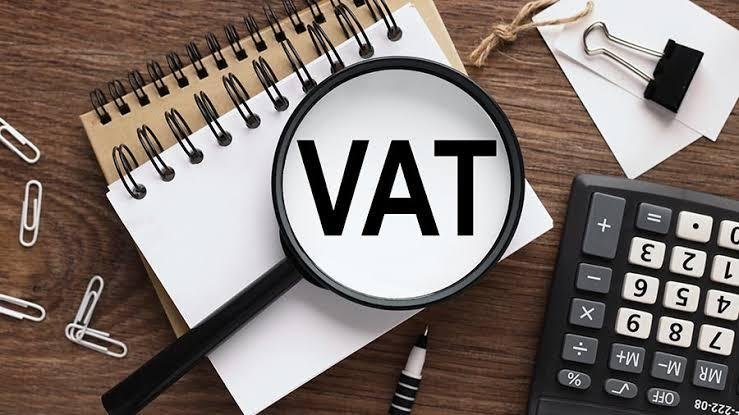No products in the cart.
A detailed guide to VAT in Laos, including tax rates, exemptions, registration requirements, input VAT credits, reporting, penalties, and compliance tips.

Value Added Tax (VAT) is one of the most important indirect taxes in Laos and plays a crucial role in the country’s tax system. It is levied on the consumption of goods and services at every stage of the supply chain, making it a key source of government revenue. For businesses, understanding VAT obligations is essential for compliance, maintaining credibility, and avoiding unnecessary penalties. This article explains VAT rates, exemptions, registration requirements, filing procedures, and compliance best practices for businesses in Laos.
Laos applies a standard VAT rate of 10% on most goods and services. However, certain goods and services are exempt from VAT to support social and economic objectives:
- Standard Rate: 10% applies to most business transactions.
- Exemptions: Education services, healthcare, financial services, basic agricultural products, and cultural services.
- Zero-Rated: In some cases, exports of goods and services may qualify for a zero-rated VAT.
Businesses must carefully assess which category their products or services fall into to avoid misclassification and penalties.
VAT registration is mandatory for businesses exceeding an annual turnover of LAK 400 million. However, voluntary registration is possible for smaller businesses that wish to claim input VAT credits and demonstrate credibility with partners.
- Mandatory Registration: Required once the revenue threshold is crossed.
- Voluntary Registration: Recommended for SMEs seeking to expand operations or deal with VAT-registered entities.
- Foreign Businesses: Must register if they conduct taxable supplies in Laos.
Registration involves submitting business licenses, TIN certificates, and supporting documents to the Tax Department.
Registered businesses are allowed to claim credits for input VAT paid on goods and services used in their operations. This system prevents double taxation and reduces the overall tax burden.
To claim input VAT credits, businesses must:
- Keep proper VAT invoices issued by suppliers.
- Ensure invoices contain all required details (TIN, supplier name, goods description, VAT amount).
- Submit claims within the required reporting period.
Common mistakes include using incomplete invoices, mixing personal and business expenses, or attempting to claim credits on VAT-exempt goods. Such errors can result in rejection of VAT credits or audits.
Businesses registered for VAT must file monthly VAT returns. The key requirements include:
- Filing Deadline: VAT returns are due by the 20th of the following month.
- Payment: Any VAT payable must be settled along with the return submission.
- Documentation: Returns must include detailed records of sales, purchases, and input VAT claims.
Some businesses may also be required to use electronic filing systems if implemented by the Tax Department. Late filings attract penalties and interest on unpaid amounts.
Failure to comply with VAT obligations can result in serious consequences:
- Late Registration: Businesses failing to register on time may face backdated VAT assessments and fines.
- Late Filing: Penalties range from LAK 500,000 to 2,000,000 depending on the delay.
- Denial of Input Credits: Incorrect or fraudulent claims can lead to rejection and further audits.
- Business Suspension: Persistent non-compliance may lead to suspension of business licenses.
These risks highlight the importance of proper VAT compliance and timely reporting.
To manage VAT obligations effectively, businesses should adopt the following practices:
- Issue VAT-Compliant Invoices: Ensure all mandatory details are included on every invoice.
- Train Staff: Educate accounting teams on VAT rules and documentation requirements.
- Maintain Proper Records: Keep digital and physical copies of VAT invoices for at least 10 years.
- Engage Professionals: Use experienced tax consultants to review filings and handle complex transactions.
- Monitor Thresholds: SMEs should monitor revenue to know when mandatory VAT registration applies.
Adopting these practices reduces compliance risks and ensures businesses benefit from legitimate VAT credits.
VAT is a critical tax in Laos that affects nearly every business transaction. By understanding the applicable rates, exemptions, registration requirements, and reporting procedures, businesses can ensure compliance while reducing risks. Proactive VAT management not only avoids penalties but also improves transparency and credibility with stakeholders.
CITS Laos provides expert VAT advisory services, helping businesses navigate registration, input VAT credits, and monthly filing requirements. Our team ensures accurate documentation, timely submissions, and full compliance with Lao VAT regulations. By partnering with CITS Laos, companies can focus on their growth while leaving complex tax compliance to experienced professionals.